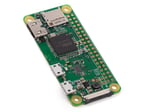There’s a reason suppliers often limit the number of Raspberry Pi Zeros that any one person can purchase. These small but powerful devices offer a flexible starting point for many different projects, both practical and fun. Demand for these little boards can easily outstrip production, especially considering the chip shortage.
Luckily, with the introduction of the Raspberry Pi Zero 2 W, makers now have a few more options to help keep their projects moving. The Raspberry Pi Zero 2 W is an upgraded version of the original Zero W board, with all the same dimensions, basic programming, and more processing power.
Here, we present some of our favorite projects that show exactly why this tiny computer running high-level software is so popular. Along the way, see how it can work in combination with microcontrollers and a host of other hardware to build brilliant projects. Many of the projects below started with the original Zero board, but upgrading to a Zero 2 W can offer more powerful possibilities. Let’s get started!
Beginner
Trying to get started in the world of Raspberry Pi? Look no further!
Loop Video

For video artists, this clever solution for loop videos is a great way to utilize the Raspberry Pi Zero W’s capabilities. As the artist explains, there are many advantages of using a Pi Zero W for video art installations: its low energy consumption, compact size, and ability to be controlled remotely.
If you already have the Raspberry Pi OS installed, that will save you a step. Besides copying the video file over to the Pi, ensuring its connected to the Wi-Fi network, and installing the necessary libraries, you’ll create and edit the bash script that’s ultimately responsible for the loop effect. After that, you can test the video loop. All in all, it’s a pretty straightforward project.
- Designer: Alexa Steinbruck
- Project page: Medium
- Core components: Raspberry Pi Zero W, SD card, computer
Projection Mapper

This is a project with lots of opportunities to learn new things. It combines projection mapping with touch-sensitive artwork to create an interactive installation.
The Pi Zero transmits touch data to software running on a computer connected to a projector. If you don’t have access to a projector, then you could adapt this project to play sounds or perhaps control smart devices.
You’ll need basic crafting skills to build the touch surface. Be ready to learn a little about the free graphics-development tool Processing and the video-mapping tool MadMapper.
In conjunction with a Pi Cap (~$30), you can create conductive surfaces using Bare Conductive’s electric paint (~$10 a tube). We found some very well-reviewed projectors for under $100, assuming your budget can stretch that far. Of course, you can also use a projector for home cinema when not projection mapping!
- Designer: Bare Conductive
- Project page: Bare Conductive
- Core components: Raspberry Pi Zero W, Pi Cap, electric paint, projector, computer
Wi-Fi Repeater
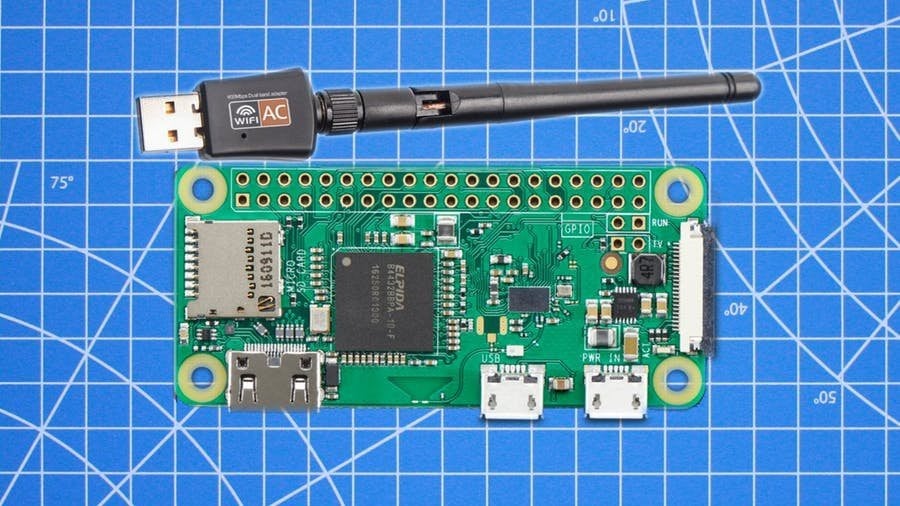
Extend the reach of your Wi-Fi with this low-budget project. Using a second Wi-Fi adapter gives the Pi Zero the capability to relay network traffic beyond the reach of your router. The creator explains how to set this up and even offers a web interface for configuring connections.
You’ll also find full instructions and links to helpful videos on the Hackaday project page. Most of the work involves setting up network services and configuring interfaces. You’ll need a Raspberry Pi Zero W board, a USB Wi-Fi adapter, and probably a USB to OTG adapter.
- Designer: Tejas Lotlikar
- Project pages: Hackaday, GitHub
- Core components: Raspberry Pi Zero W, 2x USB Wi-Fi adapters
Ad Blocker

Pi-hole is free software that blocks unwanted advertising at the network level, preventing it from reaching any device connected to your LAN.
Before describing the project further, it’s worth mentioning that there are good reasons not to block all advertising! Doing so would, for example, remove much of the funding that All3DP and many other great websites need to keep going. Fortunately, you can configure Pi-hole with a “whitelist” for advertising you want to see and a “blacklist” for what’s a no-go.
There are many interesting community projects that extend the core software, including some that visualize Pi-hole’s blocking actions in real-time using hardware displays. Look at the Pi-hole GitHub repository and the Pi-hole project website for more information.
It’s widely accepted that the Pi Zero is easily capable of running this program, and, as such, it represents an inexpensive way to achieve network-level control. Blocking content from reaching your network saves bandwidth and processing time. The result can be quicker page load times, even when your Pi Zero is very busy.
This project includes a step-by-step process for running Pi-hole on the Raspberry Pi Zero W, and no additional parts are needed. If you want to run it over Ethernet, adapters are available for around $10.
FPV Robot
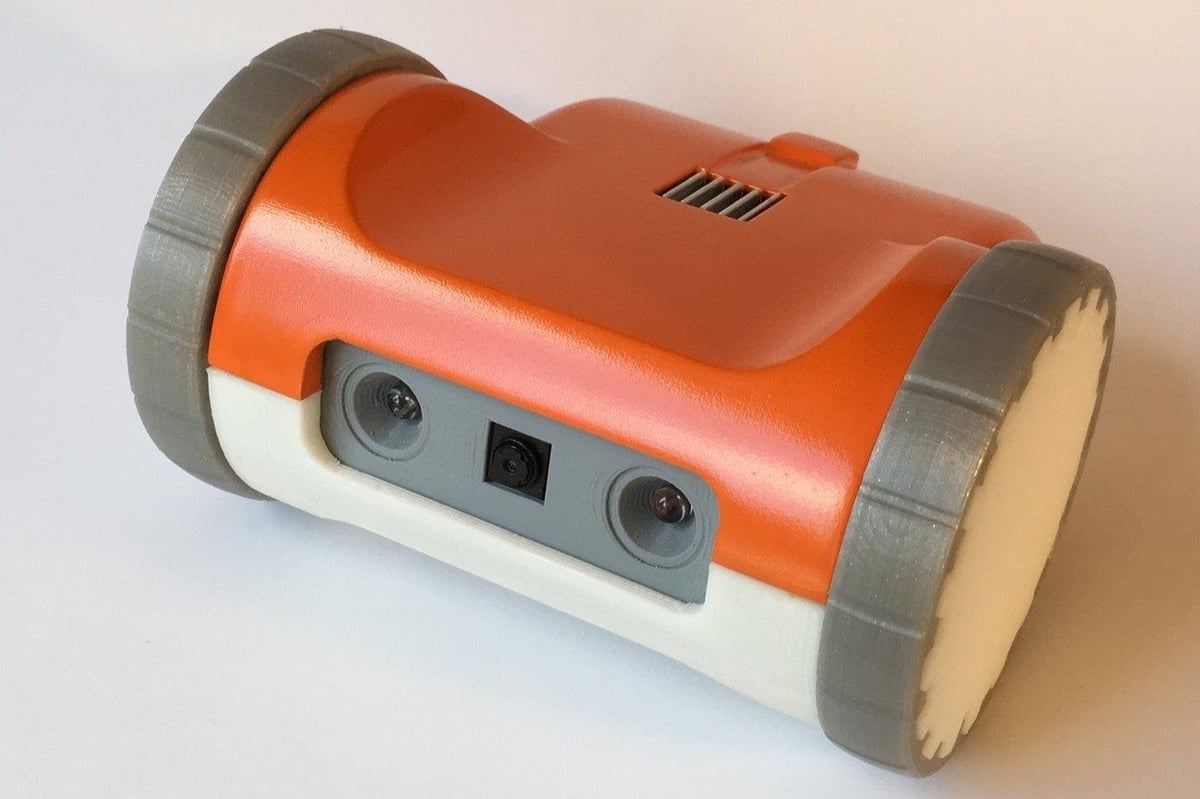
The ZeroBot is a remote-controlled robot that transmits a live video stream from a forward-facing camera. The original model from 2017 was very popular, encouraging the designer to develop an updated model, the ZeroBot Pro.
A web-based interface makes it easy to view the low-latency video stream on a wide range of devices. Using a joystick and multi-touch devices makes the analog control of this robot simple and convenient.
This is a well-documented project that’s been refined and improved in its second iteration. The robot should be fun to build, without too many surprises. The author provides CAD (STL) files to allow the whole design to be 3D printed. We think that it already looks great, but this means you’re free to tinker as much as you want.
The required components are widely available, so keeping within a budget of $50 should be achievable with some savvy shopping. We assume that you already have a Raspberry Pi Zero W awaiting its destiny.
Intermediate
The following projects are best for those with some prior experience (or determined beginners).
Smart Security Camera

This small, simple Wi-Fi security camera helps you keep an eye out on what’s happening in your home. The cool part of the project is that notifications are sent to you when the webcam detects movement.
The wiring and assembly of the hardware isn’t very complicated. You’ll need to install a number of Python packages that facilitate handling of the images and video. Also, two IFTTT applets are used to send notifications: a text message when the system is running and another when motion is detected.
One thing to keep in mind is the Pi Zero model you choose. The creator notes that using a Pi Zero 2 W instead of the Zero W provides for smoother video footage.
- Designer: Evan Breeze
- Project page: Instructables
- Core components: Raspberry Pi Zero 2 W, Pi Zero case, Raspberry Pi camera module 3
Battery Saver
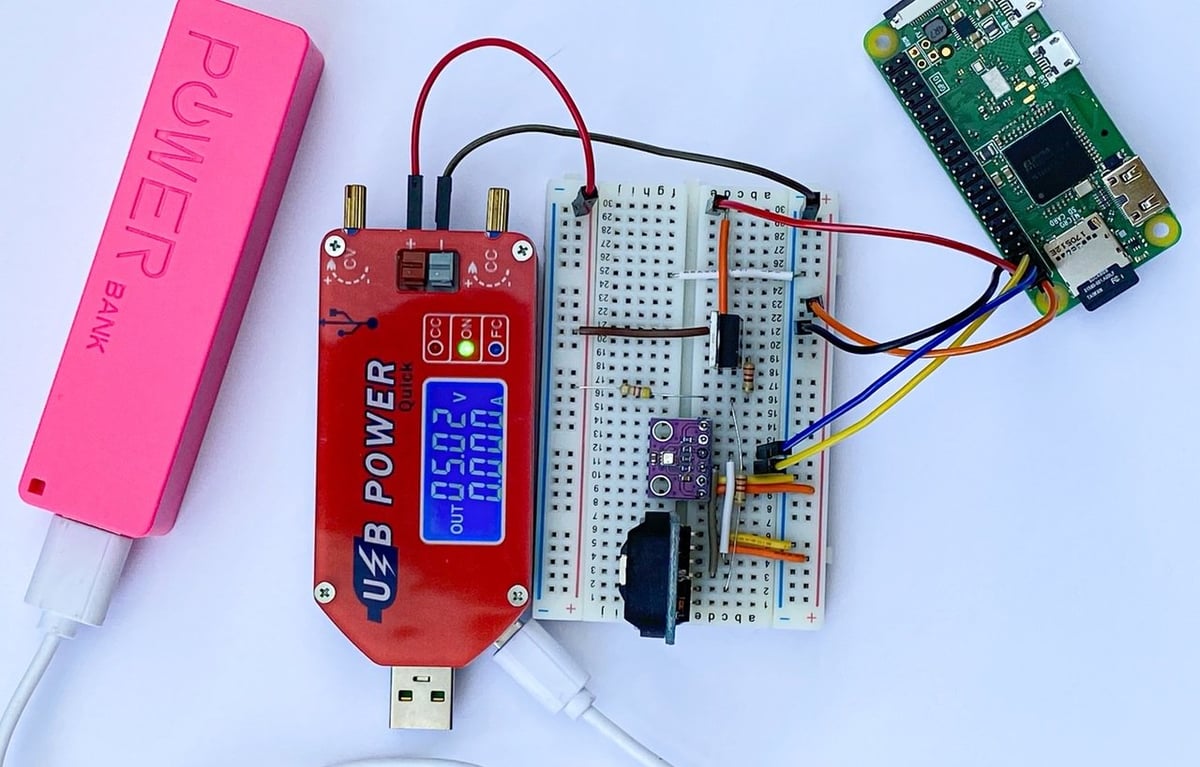
What if your battery-powered Pi Zero could keep going for days and weeks, rather than hours and minutes? Here’s a project that makes it possible to create an automated power schedule, making for big battery savings when the board is sleeping. This could be particularly useful when using a sensor to monitor something regularly.
First, you’ll need to know what you want to monitor. Depending on which direction you go with this project, you’ll have to weigh battery life against monitoring. With complete control over when your Pi Zero’s sleeping and waking, sampling can be done whenever and for as long as you like.
This project uses a BME280 sensor, which reads temperature, pressure, and humidity. If you already have a battery, breadboard, and a Raspberry Pi Zero W, a $10 budget should easily cover the other components listed. An optional digital display USB-adjustable power module (~$8) could help with this and other projects.
- Designer: Andrew Gregory
- Project page: Raspberry Pi Blog
- Core components: Raspberry Pi Zero W, DS3231 powered real-time clock module with battery backup, P-channel MOSFET, resistors, BME280 sensor, breadboard
Smart Speaker

Here’s a cool Pi Zero W smart speaker project that uses the open-source PiCore Player, allowing you to stream remotely to various speakers. You’ll have to set up PiCore Player software first, though, but as an added bonus, you can also play around with additional projects once you’ve set up the software.
While this project works with other Raspberry Pi models, the advantage of using the Pi Zero (2) W here is the added convenience with the wireless connection.
- Designer: Overthinking Tech
- Project page: YouTube
- Core components: Raspberry Pi Zero W, desktop speakers, USB adapter, MicroSD card
Ambient TV Light
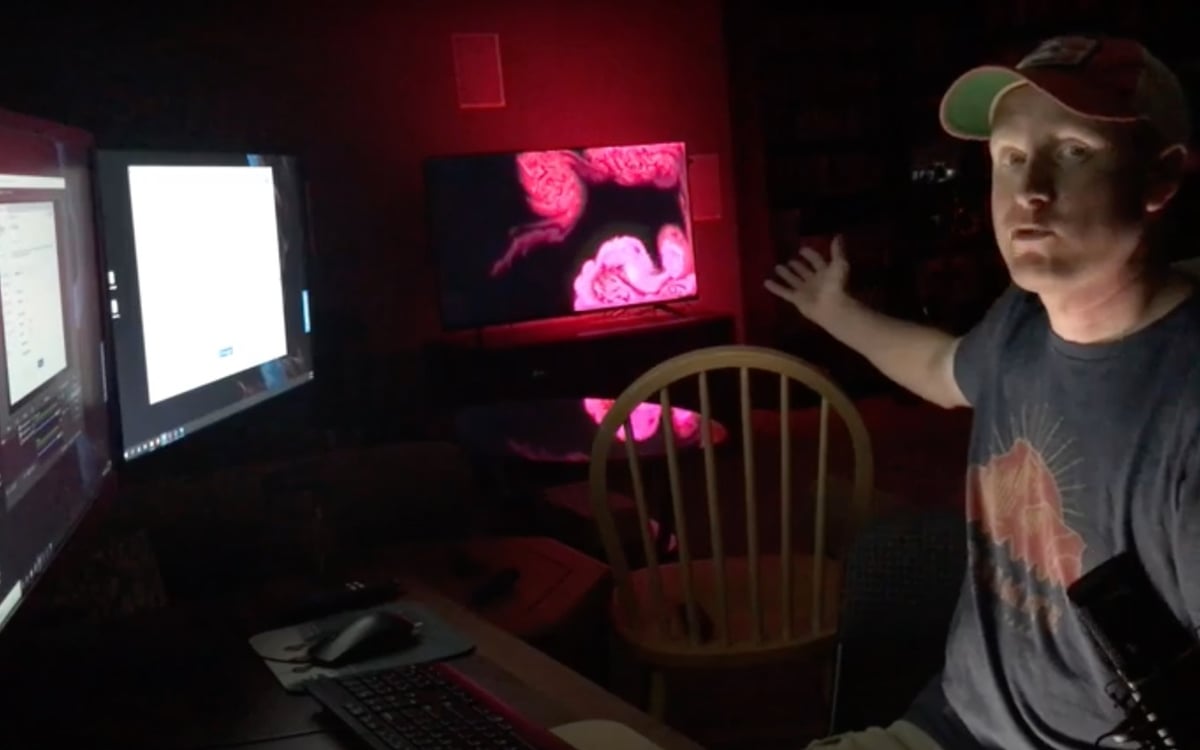
Ambient TV lighting adds a considerable sum to the cost of a regular TV and almost as much when bought to retrofit an existing TV. Yes, there are kits for a few dollars that splash varying shades of light on the wall, but these are nothing compared to a real system. Dynamic ambient lighting can enhance the feeling of immersion when watching a great series or movie.
In his video, Steve takes us through the steps needed to build a full-featured ambient TV system. He offers detailed guidance on things like how to save money on the power supply and how best to fit the lights to your existing TV.
The main components are a Raspberry Pi Zero W, Hyperion software, and an Arduino Nano. Additional parts include an HDMI capture card, a power supply, and a few connectors, depending on your setup.
- Designer: Steve Does Stuff!
- Project page: YouTube
- Core components: Raspberry Pi Zero W, Arduino Nano, LED, Micro-USB card and hub, HDMI capture card, HDMI splitter
Contact Tracer

A university professor in Greece, Diomidis Spinellis, published a Pi Zero contact-tracing prototype, getting top marks for ambition and initiative. It’s a prototype, so consider it an experiment rather than a working solution. The contact tracer functions using Epidose dosimeter software to signal potential exposure (to a virus or whatever else you’re tracking).
To see if this project interests you, take a look at the guidance and software on the GitHub repository. The practical build is minimal, requiring just a few components and a battery for testing. The developer wrote the program in Python, so you should be comfortable installing, running, and testing packages using a terminal.
- Designer: Diomidis Spinellis
- Project page: Diomidis Spinellis Blog
- Core components: Raspberry Pi Zero W, MicroSD card, red LED, resistor, SPST momentary push button
Advanced
We’ve come to the most advanced projects on our list. Give these a try if you’re familiar with Raspberry Pi and electronics or if you want to put your skills to the test!
Harry Potter Newspaper
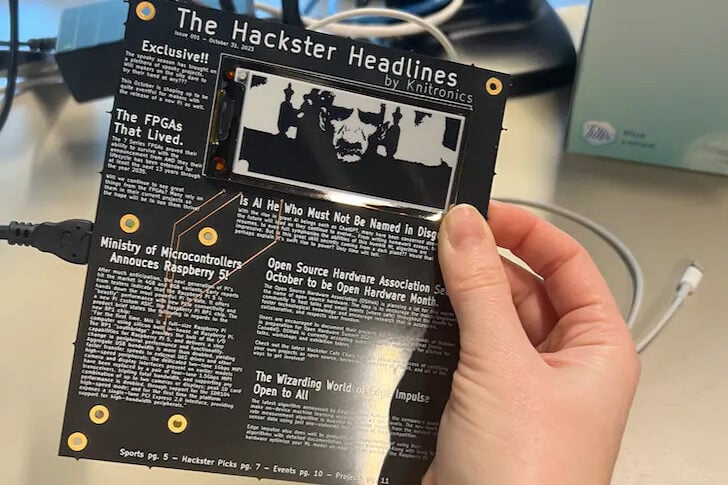
If you’re looking to make something magical, this project is the one for you. Using an eInk display along with your Raspberry Pi Zero W, the project creates the illusion of the moving images on a newspaper. The project is pretty elaborate: It involves designing a custom PCB, soldering, and of course, some programming in Python.
The designer of the project notes that they opted for the Raspberry Pi Zero W so that new images could be easily uploaded to the project over Wi-Fi. When assembling the project, be careful with handling and connecting the flat flex cable on the eInk display to the PCB board. The designer experienced some early setbacks, which they attribute to flex cable. If you want to make this or a similar project, it may even be worth considering redesigning the way the cable attaches to the PCB so as to minimize any issues.
- Designer: Whitney Knitter
- Project page: Hackster
- Core components: Raspberry Pi Zero W, Adafruit eInk Breakout Friend, Adafruit 2.9″ flexible 296 x 128 monochrome eInk / ePaper display, SMT GPIO header for Raspberry Pi HAT, M20-8771246-ND conn header SMD
Bird Nesting Box
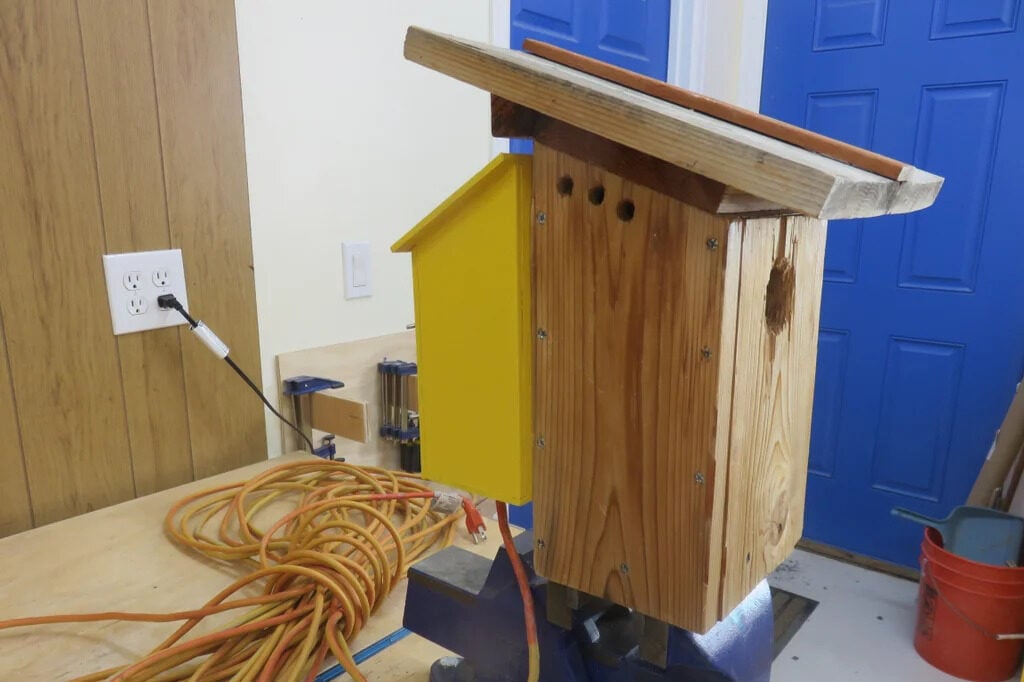
Trying to keep track of nesting birds? This well-designed bluebird nesting box take you through all the steps to make a monitored home for baby birds. The time-intensive project requires a lot of building and electronics skills, so it’s definitely best suited for those with more experience in both realms.
The project was designed so as to minimize disturbance to the birds as much as possible. With the exception of the camera, the electronics are in an external housing. Attention was also paid to the lighting so as to ensure that it was good enough for monitoring, but not so bright so as to disturb the birds. Hence, the project incorporates a potentiometer to control the intensity of the lights.
- Designer: imageguy
- Project page: Instructables
- Core components: Raspberry Pi Zero 2 W, SD card, Arducam sensor, potentiometer, resistors, MOSFET, LEDs, supplies for birdhouse construction
Zerobug
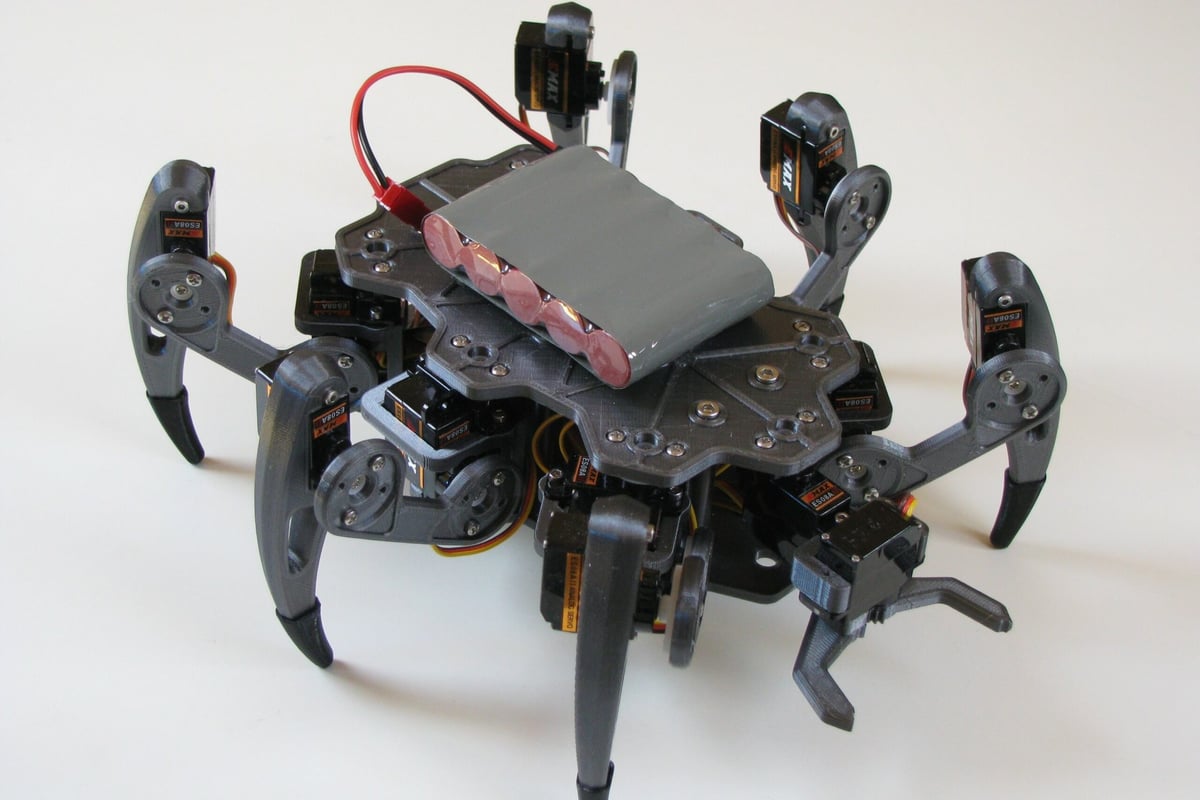
Zerobug is a remote-controlled robot that can help out users with a variety of tasks, as you can see in a video posted by the maker. The concept was heavily influenced by Matt Denton’s uBug. However, it uses a Raspberry Pi Zero W and has a few other updates as well.
This project is the perfect blend of 3D printing, electronics assembly, and programming. It’s rather complex with many moving parts, but it’s so satisfying to use. Plus, it’s fun to entertain your pets with.
The components needed include the Raspberry Pi Zero W, 20 micro servos, some batteries, a circuit board, a microcontroller, and a driver. However, if you’re using a Zero 2 W, you may not need an additional microcontroller at all. The creator has detailed any necessary tweaks in this regard.
As you can see, it’s not a small shopping list, though depending on your choice of supplier, all can be had for under $200. This is another project that will require the use of a 3D printer (or a 3D printing service) and a soldering iron, so keep that in mind. Thanks to the wonderful documentation provided, this tutorial is great for building confidence and seeing a complex project come to life.
Foot Pedal
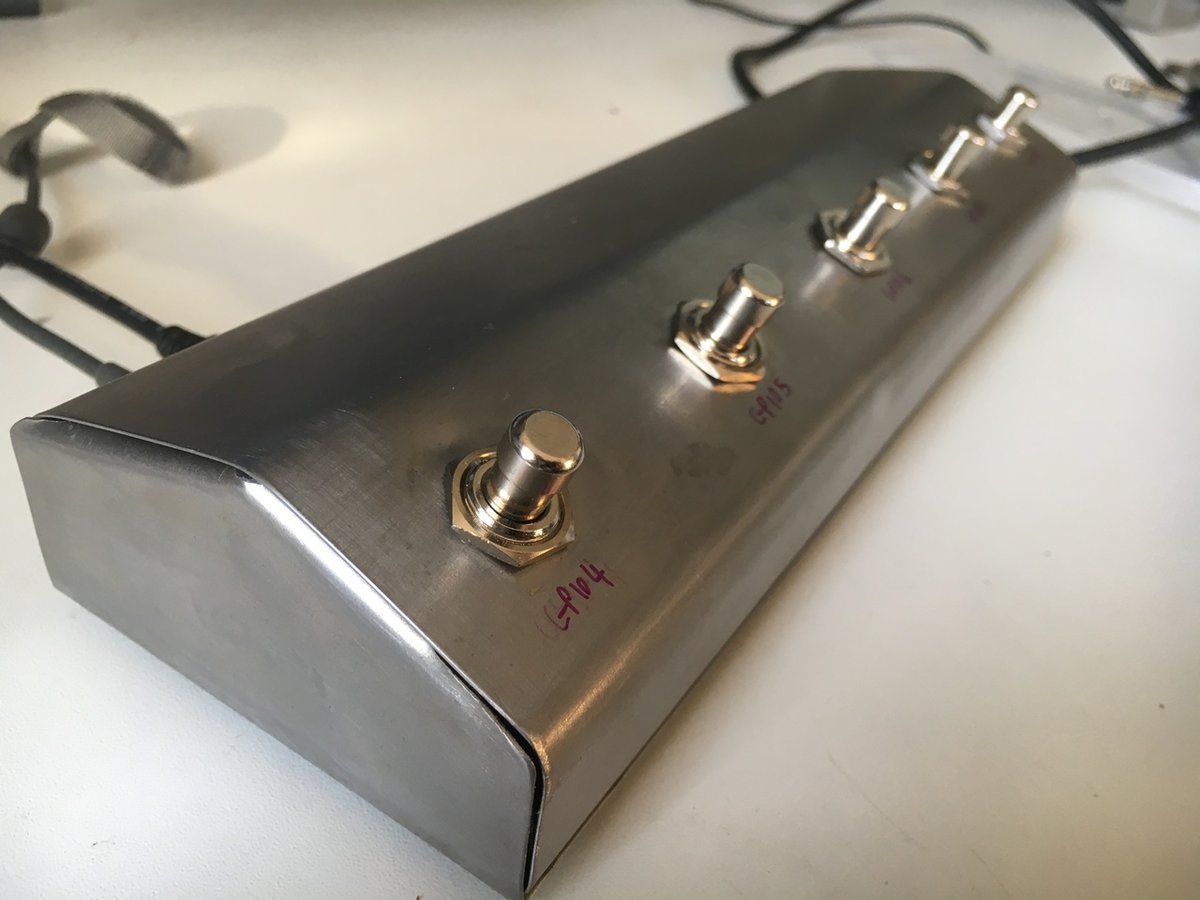
Proving that necessity is the mother of invention, Dylan Beattie has created a foot pedal that does exactly what he wants. In his detailed project post, he writes that his goal was to “control OBS and WinAmp, on a desktop PC, using my feet.” Spoiler alert: Plan A didn’t work, cardboard prototypes get built, and devices get emulated.
You can read through both parts of the project description on the creator’s blog. But you may want to design a 3D printable case for the project instead of forming one out of a mild steel sheet. A five-pack of pedal box switches and a breakout board with a ribbon cable will cost around $20.
- Designer: Dylan Beattie
- Project page: Dylan Beattie
- Core components: Raspberry Pi Zero W, pedal box momentary button stomp foot switches, breakout board with a ribbon cable, housing for the electronics
Tic-Tac-Toe Robot

Experience one man’s quest to create a speaking, Tic-Tac-Toe-playing robot with attitude. The 10-minute video shows how CAD (Autodesk Inventor), 3D printing, custom PCB creation (surface mount), coding, and Tic-Tac-Toe strategy can fill the void.
The Pi Zero’s role involves handling high-level logic, networking, video, audio, and interfacing, with an Adafruit Feather M4 for the low-level stuff.
With no step-by-step instructions, you’ll need to know how to face a number of project and technical questions. The first could be to work out the cost of the BOM, which you can find along with the code and the CAD files on the creator’s GitHub repository.
- Designer: 3DprintedLife
- Project pages: YouTube, GitHub
- Core components: Raspberry Pi Zero W, Raspberry Pi camera module, speaker, audio amplifier module, Adafruit Feather M4, stepper drivers, servo, loop belts
License: The text of "The Best Raspberry Pi Zero (2) W Projects for 2024" by All3DP is licensed under a Creative Commons Attribution 4.0 International License.
CERTAIN CONTENT THAT APPEARS ON THIS SITE COMES FROM AMAZON. THIS CONTENT IS PROVIDED ‘AS IS’ AND IS SUBJECT TO CHANGE OR REMOVAL AT ANY TIME.
